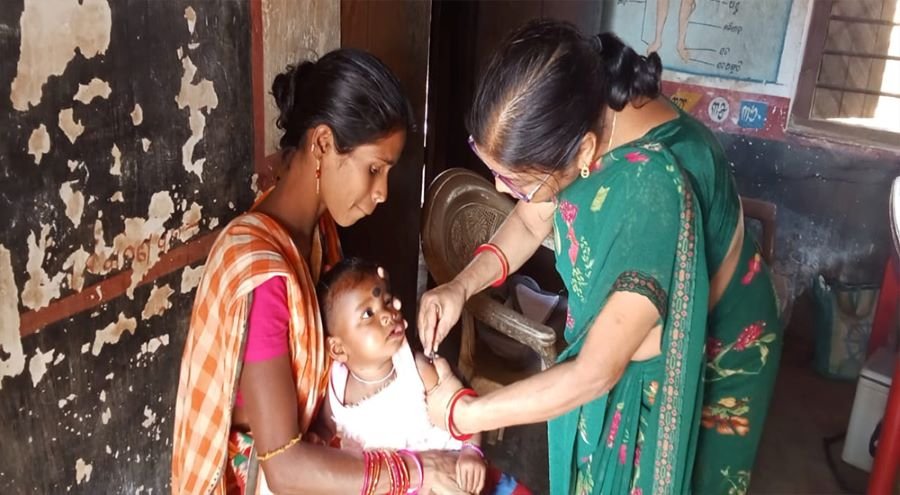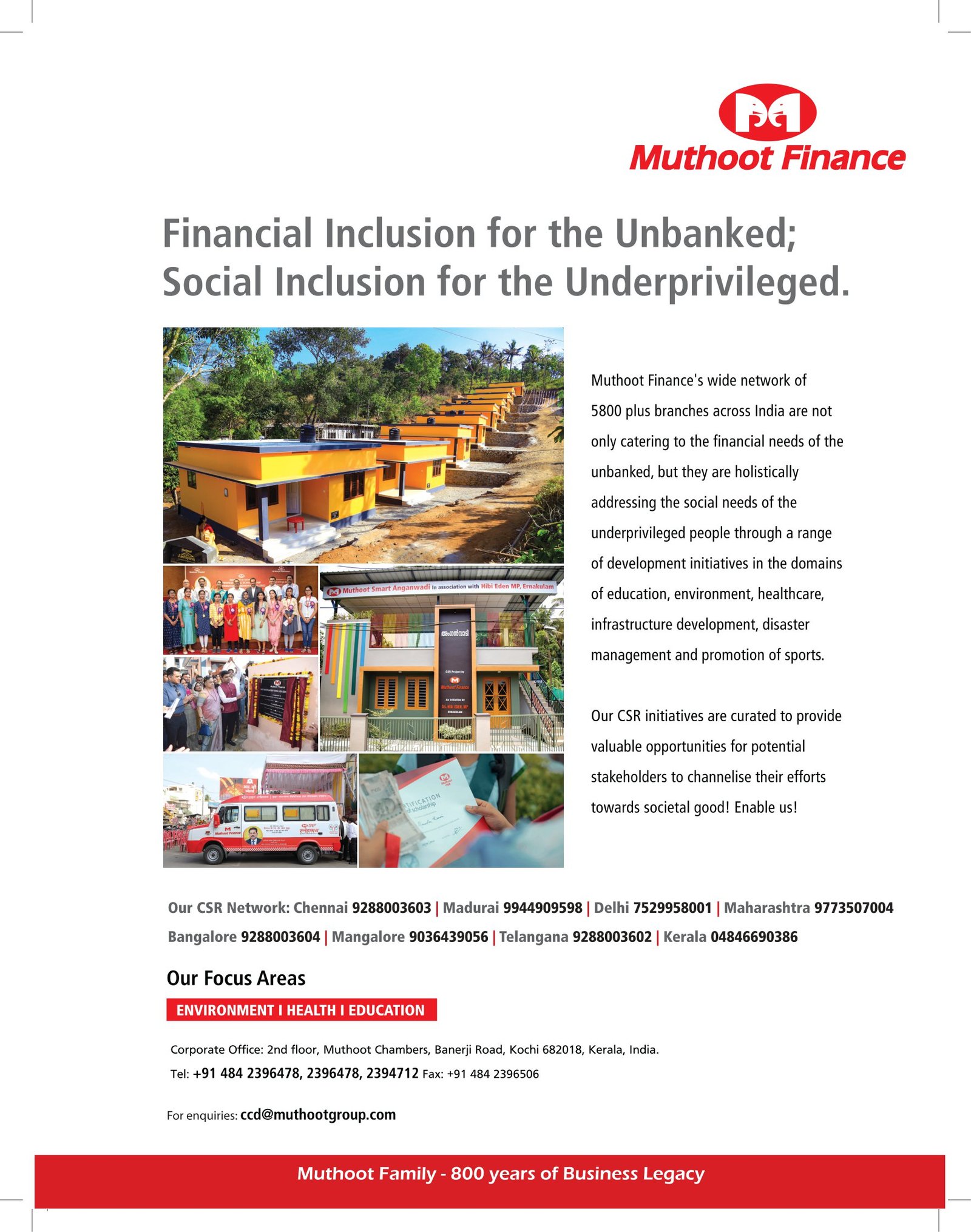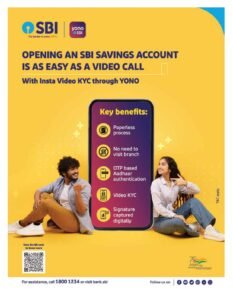
The Swachh Bharat Abhiyan!
The 2nd of October 2014 was a momentous one for India, as PM Narendra Modi officially launched India’s largest cleanliness mission at Rajghat, New Delhi. This mammoth drive – The Swachh Bharat Abhiyan- the largest to date, recorded three million government employees, students, and citizens from all across India participating in 4,04 towns, cities, and rural communities. The objective of the SBM (Swachh Bharat Mission) was to achieve an open defecation-free India (ODF) in a period of five years from 2014. With this, the country progressed towards SDG 6.2 to provide adequate and equitable sanitation for all, with a special emphasis on women and girls.
In consonance with Prime Minister Modi’s citing Clean India as a “shared responsibility” where every effort counted and urging collective participation in this noble endeavor that would shape a cleaner India, the mission gained good momentum.
It was heartening to note that, with enthusiastic participation from people, the figures for 2019 registered over 100 million household toilets constructed. This benefited 500 million people residing in 630,000 villages. This mission became a trendsetter of sorts, as other countries like Nigeria, Ethiopia, and Indonesia replicated similar policies. Since 2020, this has also paved the way for investing in the entire cycle under SBM Phase II.
The financial sharing of this project was allocated and divided between the central and state governments. Thus, local ownership was established for its results, which was in turn supported by key development partners. The modalities of the decentralization of funds were left to the states to decide the right to the funding further down to the household level.
An exclusive allocation of a proportion of the funding was made for sustaining the uptake and use of toilets. This included social and behavior change campaigns and IEC, or information, education, and communication materials. Promoting key behavior changes through role modeling, intention building, peer monitoring and support at the community level, and regular exposure to media messaging were recognized as important in sustaining the use of toilets.
SBM advocated involvement from all and projected access to sanitation as everyone’s business. Annual work plans were developed by all ministries for streamlining sanitation programs within their sectors. Even though this was not a part of their core mandate,. This went a long way in ensuring the construction of an adequate number of toilets in preschool centers, schools, government and private sector buildings, healthcare facilities, farms, and many other places where it was needed. The prevalent government standards ensured that both boys and girls had access to it, and the girls had the requisite privacy and materials that were needed for practicing safe menstrual hygiene.
A team of Swachhgrahis, or community volunteers, who numbered over 600,000, was trained and mobilized by the government. They were imparted training on understanding the importance of safe sanitation and how to deliver crucial messages to their communities on a day-to-day basis. They were also taught how to monitor progress by using their mobile devices. They were also instrumental in organizing campaigns that involved children from households, community members, healthcare facilities, schools, government offices, and many other entities.
SBM unveiled multiple advantages. Apart from the primary one of preventing public or open defecation, it also prevented or minimized the contamination of soil and groundwater as compared to villages that did not have complete toilet coverage. A 2019 estimate revealed the creation of 7.5 million full-time jobs. This had a spillover benefit for the promotion of other SDG goals, namely those promoting environmental protection and upward mobility for vulnerable populations. The project of sanitation access, therefore, has provided both economic and environmental benefits.
A quick look at the factors that are enabling the successful execution of SBM and the constraints being faced could be summed up as follows: this mission has had huge support from high-level stakeholders, including the Prime Minister, whose brainchild it was. It was easy to employ appropriate financing and monitoring systems and train volunteers and many role models and influencers supported this campaign. A special tax was introduced for SBM and accountability was promoted by treating it as “everyone’s business.” While these were a few crucial enabling factors, the constraints or challenges were the diverse geographic areas for implementation and the diverse cultural needs that needed to be addressed by the state governments and district implementers on how to initiate this activity at a local level. The COVID-19 pandemic brought with it economic distress and the migration of workers on a large scale. With schools and establishments shutting down, maintenance and new construction too took a major hit.
Sustainability and replicability came through by promoting long-lasting behavioral changes through a CLTS or community-led total sanitation approach. Rural communities started needing and requiring toilets through effective education and information. Cost-effective and sustainable sanitation models were developed. The low-cost twin-pit toilet model provided the utilization of local materials, turned the filled pits into safe fertilizer, and reduced the dependence on costly fecal sludge treatment systems. The training was imparted at the grassroots level to the implementers, who in turn delivered crucial messages to the households that worked in favor of the execution of this mission. This also formed the basis for scaling up this project.
After delving into the launch and recap of the SBM progress, it would now be to fast forward to October 2, 2023, this year the date which saw the sapling of the Clean India drive planted and taken stock. This year marked the 154th birth anniversary of Mahatma Gandhi and was celebrated with the ‘Ek Tareekh, Ek Ghanta, and Ek Saath.’ Prime Minister Modi, during his 105th “Mann Ki Baat, “appealed to the people of India to pay a unique tribute to Bapu, our father of the nation, through ‘Swachhanjali’. As part of the mega cleanliness drive, people from all walks of life could join in the actual activities at public places on October 1, 2023. This initiative led to the ‘Swachhata Pakhwada-Swachhata Hi Seva’ 2023 campaign.

The Prime Minister appealed to all citizens for one hour of “Shramdan” starting at 10 am. He mentioned that they could start from their locality and include any other public places like parks, lakes, streets, and so on. During the national cleanliness drive organized on October 1, 2023, 8 crore people volunteered, and 9 lakh sites across the country were cleaned.
Mahatma Gandhi was the torch bearer for the Swachhta Andolan (cleanliness movement) in India, and the best tribute to him would be to spread awareness and education about sanitation and hygiene. This mega cleanliness drive was planned primarily for public places. Keeping in mind the importance of an existence swamped by social media and the internet, a dedicated online portal has been established to assist organizations in planning activities. Influencers and citizens have been invited to take on the role of Swachata Ambassadors, contribute their bit to this mass movement, and also upload a picture of theirs about their engagement with a particular activity.
Nine years hence, where are we in this mass movement for cleanliness? What headway has this national-level campaign of keeping the streets, roads, and infrastructure litter-free made? Time to take stock:
The Swachata Hi Seva campaign was launched on September 15, 2023, by Shri Giriraj Singh, Minister of Panchayati Raj and Rural Development, Shri Hardeep Singh Puri, Minister of Housing and Urban Affairs, and Shri Gajendra Singh Shekhawat, Minister of Jal Shakti. This was symbolic of the unification of the efforts of various government departments to give a fillip to the Swachh Bharat vision of the Prime Minister.
The recent government data as of October 1st, 2023, from Swachhata Samachar shows that 76% of India’s inhabited villages, i.e., over 4,49,005, have declared themselves as ODF Plus (sustained its Open defecation status) and have also implemented either a solid or liquid waste management system.
- 2,95,966: Aspiring
- 55,771: Rising
- 97, 268 (Model)
Solid waste arrangements have been made by 2,32,889 villages, while 3,82, 395 villages have provisions for liquid waste management. There are 65 compressed biogas plants across the country, 623 functional biogas plants and 106 completed ones across the country. There are 2,611 Blocks covered with plastic Management waste units. On October 2, Assam achieved ODF Plus status, joining Uttar Pradesh, Tripura, and Puducherry, which had already achieved this in September.
From 15th September to 2nd October, this year, cleanliness activities themed garbage-free India were undertaken by the nation. This saw the participation of 109 crore individuals, which averaged 6 crore people per day, from across the country. The data on the Swachhata Hi Seva portal as of October 2nd, 2023, mentioned over 53 crore citizens participating in Shramdan, which took into stock all voluntary labour to SBM activities. The Swachhata Hi Seva 2023 movement rejuvenated community participation this year. The Swachh Bharat Mission Grameen has evolved into a sustainable community-led program.
With corporations rolling out cleanliness and sustainability plans since 2014, an impetus has been given to this mass movement, and successful shades have been intertwined in the corporate fabric.
9 years after kick-off, as the campaign unfolds, data collected from various sources points towards remarkable enthusiasm and active participation, highlighting the spirit of dedication and commitment of diverse stakeholders who are collaborating towards achieving a cleaner and healthier environment If this moves at the current pace and as planned, the movement is surely and steadily gravitating towards success!






























